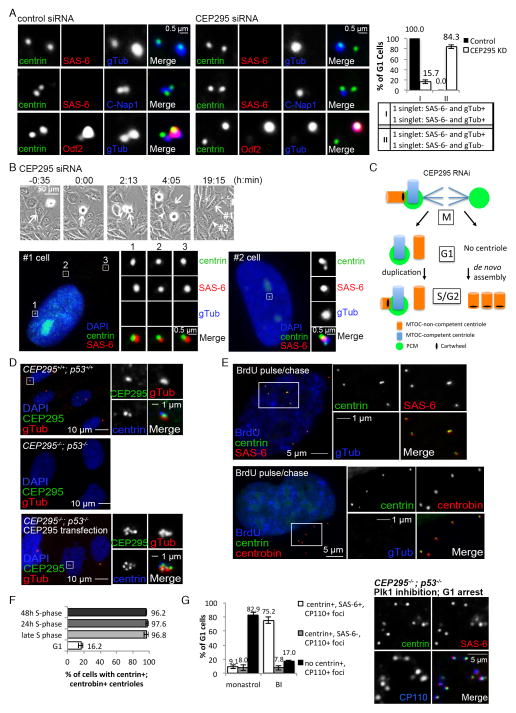Figure 3. Loss of CEP295 blocks centriole-to-centrosome conversion, but has no effect on centriole disengagement and cartwheel removal.
(A) Control and CEP295 siRNA-treated cells were transiently labeled with BrdU before fixation. G1 cells, BrdU negative (not shown) and carrying two centrin singlets, were examined with indicated antibodies. Quantifications (n>100, N=3) are shown (right). Error bars represent standard deviation.
(B) Cells grown on a gridded coverslip were treated with CEP295 siRNA and filmed for 72 hours before fixation. A cell carrying de novo centrioles was identified (arrow; #1 cell), and its sister cell from the previous cell division was traced through the timelapse movie (arrowhead; #2 cell), and examined with indicated antibodies.
(C) Schematic summary of the phenotypes seen in CEP295-depleted cells.
(D) Unsynchronized wild-type or CEP295−/−; p53−/− RPE1 cells, and CEP295−/−; p53− cells transiently expressing full-length CEP295 were stained with indicated antibodies.
(E) Unsynchronized CEP295−/−; p53−/− cells pulsed with BrdU for 30 min and chased for 4 hours were stained with indicated antibodies.
(F) CEP295−/−; p53−/− cells in late S phase as described in (E), or arrested in S or G1 phase for 24–48 hours as indicated were examined with centrin and centrobin antibodies. Quantifications are shown (n>100, N=3).
(G) CEP295−/−; p53−/− cells were allowed to enter mitosis in the presence of the Plk1 inhibitor (BI-2536), or Eg5 inhibitor (monastrol) as a control, and release to and arrest at G1 by Cdk inhibition with Roscovitine for 16 hours before fixation and staining with indicated antibodies. Cells displaying donut-shaped, multilobed, or multiple small nuclei (Tsou et al., 2009) were identified for analyses. In Plk1-inhibited cells arrested in G1, centrioles were stably present, and retained the cartwheel and other markers, as shown in the panel on the right. Quantifications are shown (n>50, N=4).

